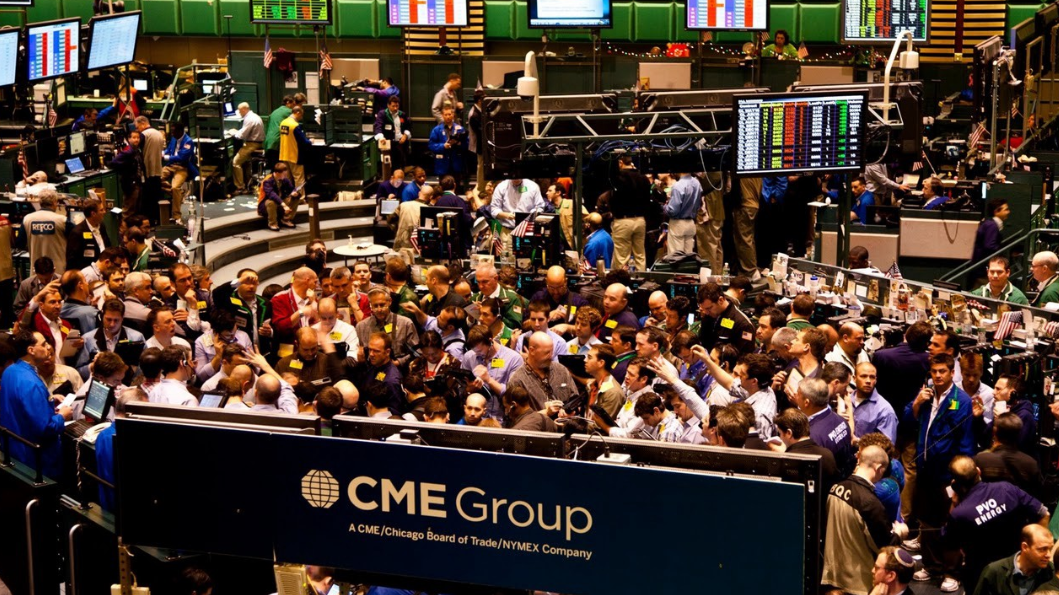Blood Diamonds of ore: GE takes on conflict minerals

The Democratic Republic of Congo is Africa’s second largest country, but also the continent’s most violent. Over the last two decades, foreign and domestic armies, militias and gangs of armed thugs have been waging war and staging rebellions that have killed at least 5.5 million people and displaced many more. The fighters sustain their troops with money from the DRC’s rich mineral deposits. Observers estimate that armed groups control half of the tin, tantalum, tungsten and gold mines in the vast eastern part of the country and generate as much as $225 million annually from the mineral quarries. “They may own the mines in the conflict region, or tax the mines or tax the trade routes used to export the minerals,” says Sandy Merber, counsel for international trade regulation and sourcing at GE.
Because manufacturers around the world use these minerals in everything from digital cameras and cell phones to paint and golf clubs, NGOs seeking to cut off the funding have pushed companies to audit their supply chains to reduce the risk that the minerals they are using may support the conflict. In August, theU.S. Securities and Exchange Commission announced a new reporting rule that requires listed companies to “publicly disclose their use of conflict minerals that originated in the DRC or an adjoining country.” GE, through itscitizenship initiatives, has been working with companies, NGOs, investors as well as government agencies to foster a system that supports cutting out conflict minerals from the supply chain and improves reporting.
One way is to create a network of certified conflict-free smelters. “There are thousands and thousands of suppliers and many layers of the supply chain, but the choke point in the system is the smelters,” Merber says. There are only about 200 significant smelters around the world. GE works with groups like the Electronics Industry Citizenship Coalition and Global e-Sustainability Initiative that have created a program to verify the sources and origins of the minerals at the smelters. “As this smelter verification program matures, companies can pass down through their supply chains a requirement that minerals be sourced from conflict-free smelters,” Merber says.
The GE Foundation, along with HP and Intel, is now participating in the Conflict-Free Smelter Early Adopters Fund, which provides grants to small smelters to help offset the costs of being audited. The Foundation also supports some of the leading NGOs monitoring the minerals trade.
GE is also one of 30 companies participating in a pilot program to implement guidelines on conflict minerals due diligence developed by the OECD. (You can find more details on GE’s newcitizenship website.)
The GE Foundation is also an initial contributor to the Public Private Alliance for Responsible Minerals Trade. Merber says that the Alliance will support efforts “to map supply routes from mines in the conflict region and elsewhere in the Congo to prove that you can actually source from the Congo and still get verified.” According to estimates, some 3 million people are working in this industry in the Congo. “You want to have a conflict-free policy but not a Congo-free policy,” Merber says. “If you shut down their place of business, that’s another humanitarian crisis.”
{{ commodity.name }}
{{ post.title }}
{{ post.date }}




Comments